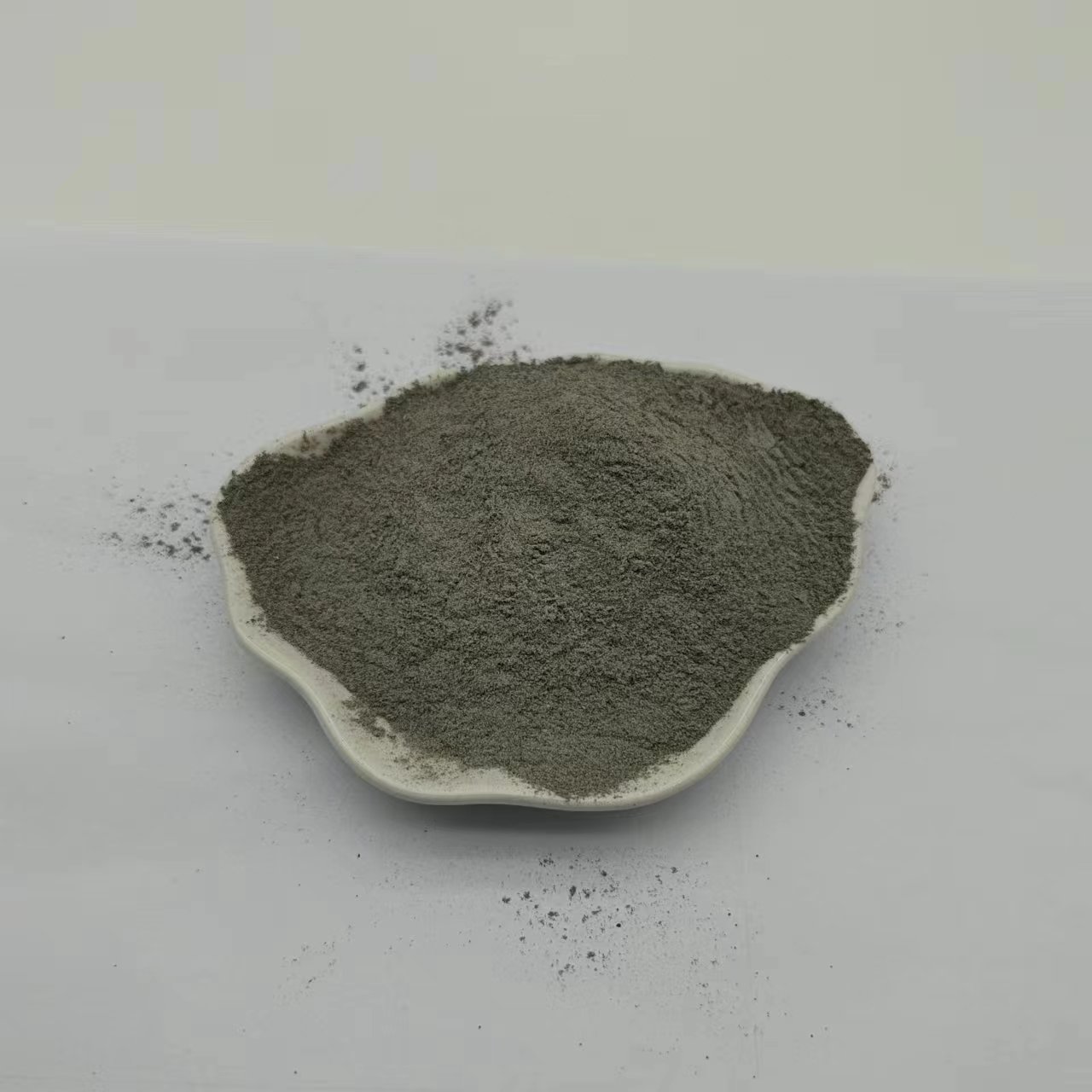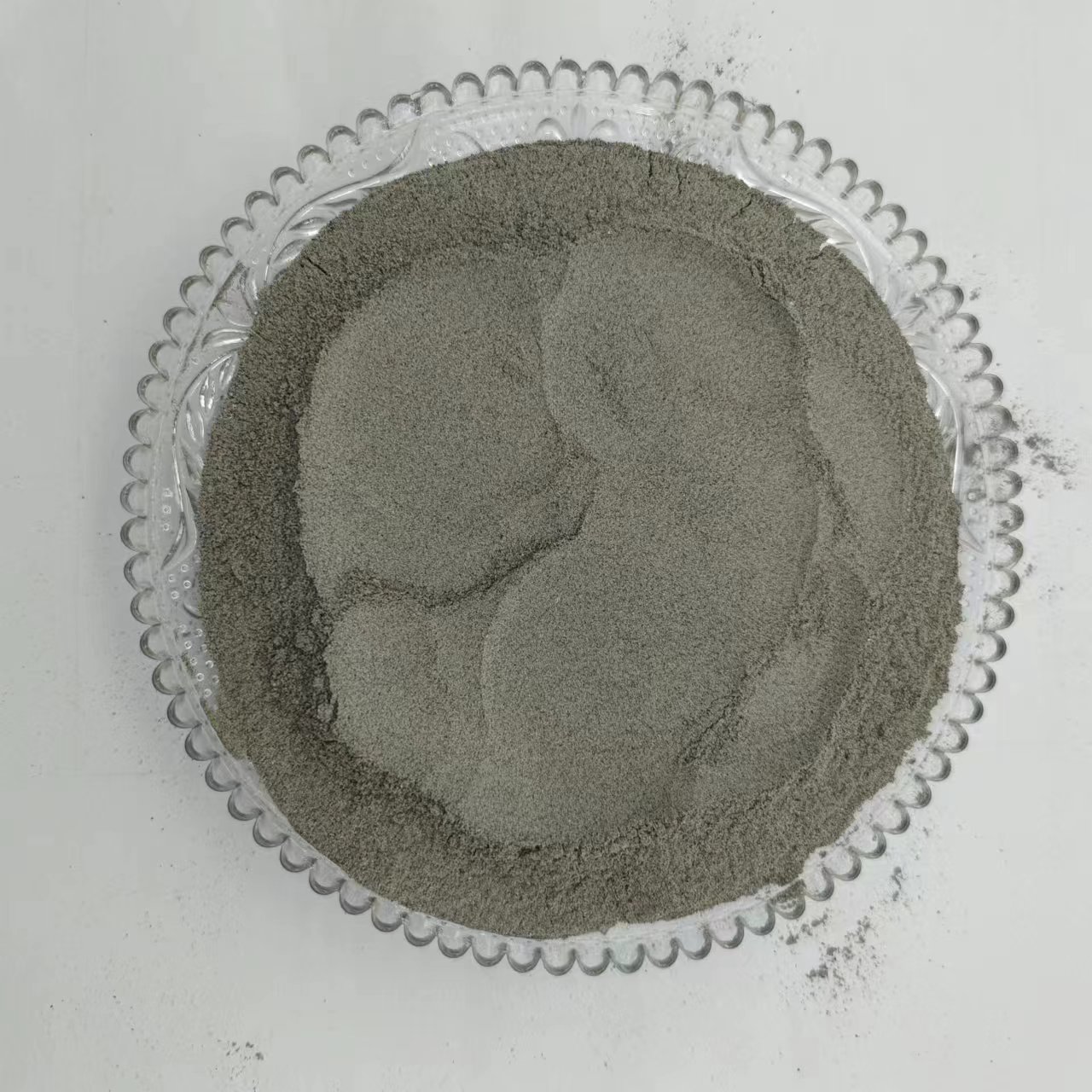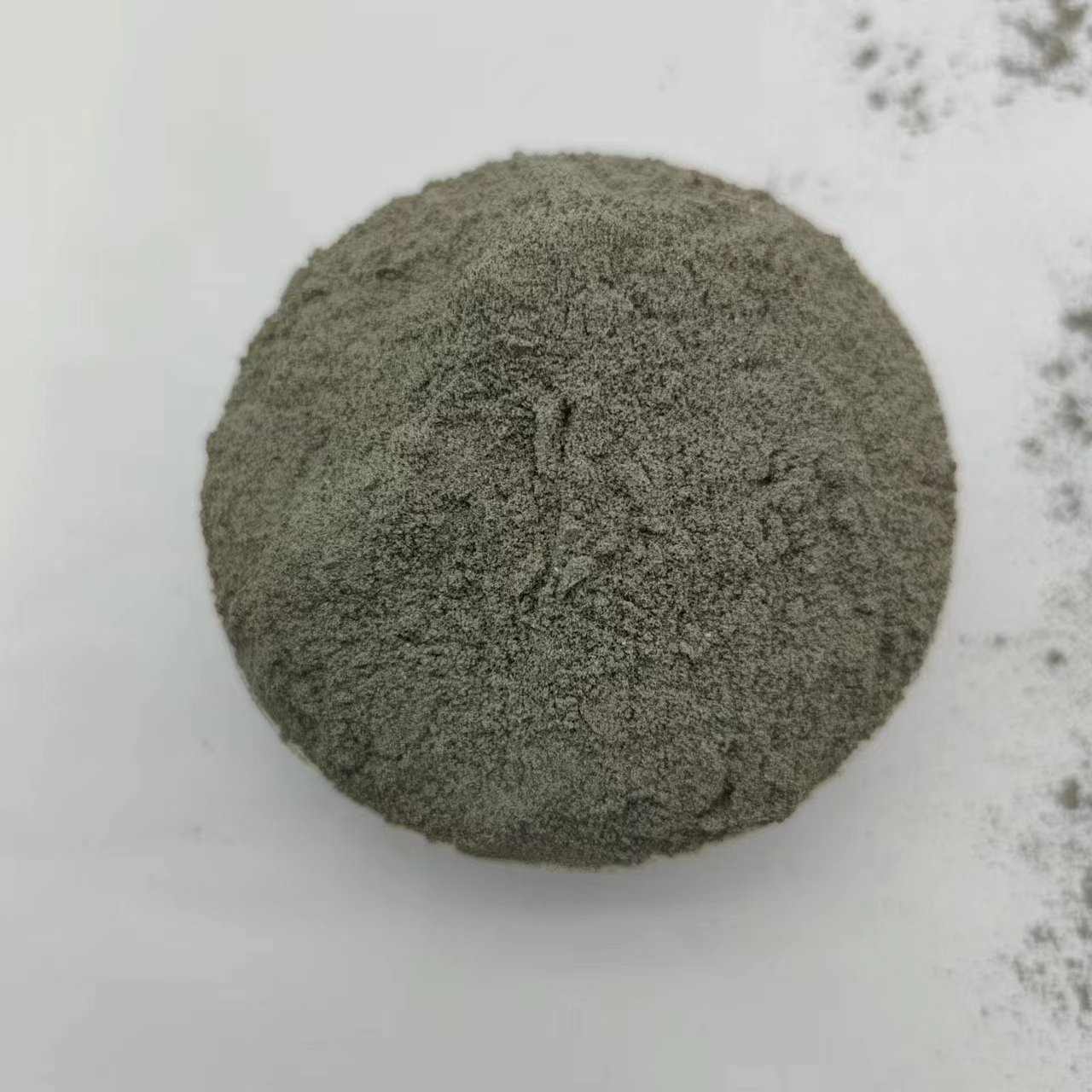
Fly Ash Solutions Enhanced by GPT-4 Turbo | Sustainable Innovation
Fly ash, an industrial byproduct primarily derived from coal combustion in power plants, has evolved as a critical material in concrete production, soil stabilization, and ecological engineering. With growing environmental regulation and the push for sustainable infrastructure, the use of fly ash powder and fly ash admixture is rising globally—fuelled by both economic and technical advantages.
According to the latest industry report, the global fly ash market was valued at $14.1 billion in 2022 and is projected to reach $21.6 billion by 2028, registering a CAGR of 7.2%. A major driving factor is the concrete industry: in North America and Europe, over 65% of ready-mix concrete now includes fly ash admixtures for enhanced durability and performance. The Asia Pacific region dominates production and consumption, with China, India, and Southeast Asia as top contributors.

| Parameter | Class F Fly Ash | Class C Fly Ash | Typical Cement |
|---|---|---|---|
| SiO2 (%) | 45-60 | 35-50 | 21-23 |
| CaO (%) | <10 | 15-35 | 62-66 |
| Loss on Ignition (%) | <5.0 | <5.0 | <2.5 |
| Specific Surface (cm2/g) | 3200-3800 | 3200-4000 | 3200-4000 |
| Fineness (45μm Sieve %) | <34 | <30 | <10 |
| Density (g/cm³) | 2.20-2.45 | 2.25-2.55 | 3.09-3.15 |
| Water Demand (%) | 96 | 97 | 100 |
| Chloride Content (%) | <0.05 | <0.05 | <0.05 |
Website: Concrete Fly Ash Gray Fly Ash Soil Improvement Add Bulk Fly Ash for Mixing Plant
Concrete Fly Ash Gray Fly Ash Soil Improvement Add Bulk Fly Ash for Mixing Plant is engineered for large-scale infrastructure projects, concrete batching plants, and soil stabilization works. This premium fly ash product is processed under rigorous QS/ISO certifications, ensuring consistent particle size, high pozzolanic activity, and minimal carbon residue.
- Material: High-grade fly ash sourced from advanced combustion technologies.
- Production Process: Optimized collection, separation, homogenization, and screen-sieving. Metallic residue is precisely reduced by advanced magnetic separation lines.
- Machining: Includes blending, fine grinding (CNC Classifier Mills), and micron-level grading for optimal reactivity.
- Testing Standards: Certified to ISO 14001 / ASTM C618 / EN 450 / GB/T 1596.
- Service Life: Exceeds 50 years in typical concrete structures (as per ASTM test data).
- Industries: Concrete manufacturing, roadbed stabilization, embankments, geoengineering, water treatment, landfill lining, prefabrication.
- Performance: Enhanced workability, 10-15% compressive strength improvement, up to 28% reduction in cement requirement, proven anti-corrosion and chloride resistance.


Compared with standard market fly ash products, the Concrete Fly Ash Gray Fly Ash Soil Improvement Add Bulk Fly Ash for Mixing Plants stands out in several technical aspects:

- Particle Fineness: Higher reactivity due to ultra-fine grinding (confirmed by laser granulometry).
- Pozzolanic Reaction: Improved through optimized CaO/SiO2 ratio, enhancing late-stage strength and impermeability.
- Consistency: Advanced process control ensures minimal fluctuations in chemical/mineralogical profile.
- Sustainability: Each ton of fly ash admixture reuses industrial byproduct—saving up to 0.8 tons of CO2 emissions (source: EC-JRC, 2023 report).
- Regulatory Compliance: Fully certified to GB/T 1596 and EN 450 standards, as well as internal QC benchmarks (LOI ≤3.5%).
- Anti-Corrosion: Optimal for saline/alkali environments due to low permeability and high micro-filling action, proven in 14+ years of highway/bridge trials.
- Industry Endorsements: Long-term supplier to top global EPC contractors and China’s leading mixing plant chains.
- Objective: Use of fly ash powder for SCC (self-compacting concrete) in cast-in-place tunnel linings.
- Outcome: 17% improvement in impermeability, easier pumping, and reduction of cement consumption by 25%, resulting in cost savings >$1.2 million/year for the project.
- Method: Bulk mixing of fly ash admixture using on-site CNC-blending plants.
- Benefit: Increased CBR value by 220%, longer frost resistance cycles, and minimized settlement—conforming to German DIN EN 14227-9.
- Design: High-strength panels with 35% fly ash-cement replacement.
- Result: Service life over 50yrs, significantly improved chloride resistance (w/c
- Challenge: Aggressive landfill leachate, risk of liner contamination.
- Solution: With cementitious stabilized fly ash powder liners, leachate permeability was reduced by 93% (US EPA report 2022, source).
| Manufacturer | Main Product | Certification | Pozzolanic Activity (%) | Fineness (-45μm, %) | Annual Output (kt) | Carbon Content (LOI, %) |
|---|---|---|---|---|---|---|
| ShunShun Mining | Concrete Fly Ash for Mixing Plant | ISO 14001, EN 450,GB/T |
98 | 19 | 400 | 2.1 |
| LafargeHolcim | UltraFine PozzoAsh | EN 450-1, ASTM C618 | 92 | 24 | 250 | 3.8 |
| Boral Limited | FlashSet Fly Ash | EN 450 | 95 | 23 | 330 | 3.1 |
| China Resources Power | Class F Fly Ash | ISO 14001, ASTM C618 | 88 | 32 | 850 | 4.5 |
- Custom Particle Size: Available range 15–65μm.
- Packing: Bulk (20/40ft container111s), 1 ton jumbo bags, or custom sacks.
- Shipping Lead-time: 7-14 working days for standard contracts (ex-plant); urgent shipments available within 96h (Asia/EU market).
- OEM Branding: Supply for major global mixing plant integrators and EPC projects.
- Certifications: ISO 14001/9001, EN 450, ASTM C618, GB/T 1596-2017, internal batch QC.
- Global Clients: Construction giants (China Construction, STRABAG, Larsen & Toubro), leading readymix suppliers, transportation agencies.
- Service Years: 15+ years in continuous industrial supply with zero major complaints/logged recalls.
- Independent Lab Reports: Pozzolanic activity index: 97.8%; permeability reduction: 87% over standard concrete; anti-chloride penetration: meets ISO 8625-2021.
- References: Data & case records available from CTC, SGS, TÜV SÜD test centers.
- Online Traceability: Each lot with QR-batch certificate and forging/tracking record (as per EN 10204:3.2).
With advances in material science, fly ash has become indispensable in modern construction and geotechnical engineering—delivering proven ecological, economic, and performance returns. By selecting certified bulk fly ash powder and fly ash admixture products like those from ShunShun Mining, contractors and project owners can ensure structural durability, reduced carbon footprint, and compliance with international standards.
References & Further Reading:
[1] GII Research. (2023). Fly Ash Market Report, https://www.gii.co.jp/report/anvi1440344-fly-ash-market-report-trends-forecast.html
[2] Cement and Concrete Composites Journal, Elsevier (2022): https://www.sciencedirect.com/journal/cement-and-concrete-composites
[3] US EPA, Beneficial Use of CCRs in Landfills: https://www.epa.gov/clamr/use-fly-ash-and-other-ccrs-beneficial-uses-landfills
[4] Concrete Construction Forum: https://www.concrete.org/
[5] ISO Standards: https://www.iso.org/standard/51289.html
Share
-
Premium Talcum Powder Enhanced with GPT-4 Turbo | Soft & Long-LastingNewsAug.02,2025
-
Fly Ash Solutions Enhanced by GPT-4 Turbo | Sustainable InnovationNewsAug.01,2025
-
Natural Premium Bentonite Cat Litter - Superior ClumpingNewsJul.31,2025
-
Premium Resin Coated Sand - High Heat Resistance CastingNewsJul.31,2025
-
High Quality Silicon Carbide Grit for Abrasive ApplicationsNewsJul.30,2025
-
High-Quality Ceramsite for Plants & Gardening | Lightweight PebblesNewsJul.29,2025






